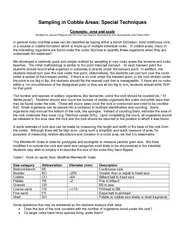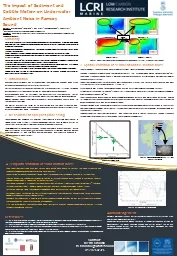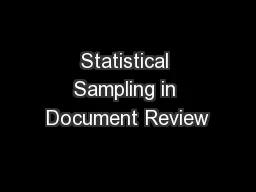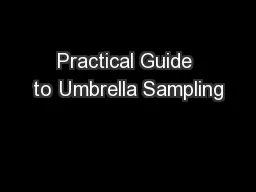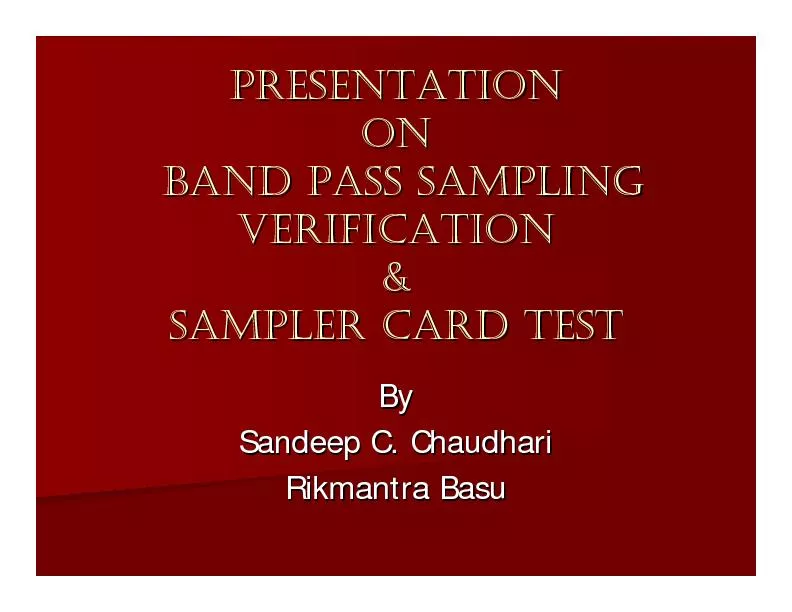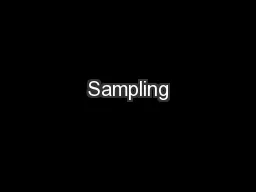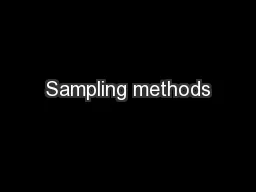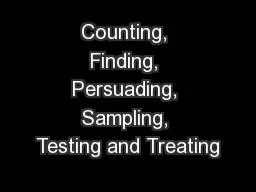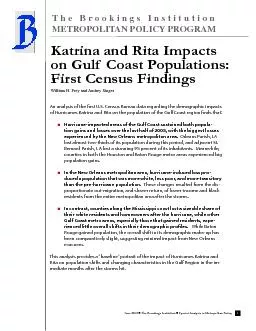PDF-Sampling in Cobble Areas Special Techniques Concepts a
Author : stefany-barnette | Published Date : 2015-05-16
In cobble areas many of the interesting organisms are found under the rocks But how to quantify these organisms when they are underneath the substrate We developed
Presentation Embed Code
Download Presentation
Download Presentation The PPT/PDF document "Sampling in Cobble Areas Special Techniq..." is the property of its rightful owner. Permission is granted to download and print the materials on this website for personal, non-commercial use only, and to display it on your personal computer provided you do not modify the materials and that you retain all copyright notices contained in the materials. By downloading content from our website, you accept the terms of this agreement.
Sampling in Cobble Areas Special Techniques Concepts a: Transcript
Download Rules Of Document
"Sampling in Cobble Areas Special Techniques Concepts a"The content belongs to its owner. You may download and print it for personal use, without modification, and keep all copyright notices. By downloading, you agree to these terms.
Related Documents

